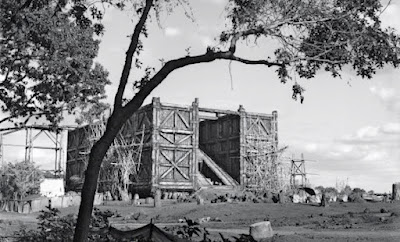This December, Director Peter Jackson’s film, “The Hobbit,” hits theaters.
This film version of J. R. R. Tolkien’s classic fantasy novel of the same name features the adventures of small humanoid race that stands about two to four feet tall.
Though these creatures inhabit the fictional world of Middle Earth, scientists have discovered that an actual hobbit-like species of humans existed during pre-historic times. Leading into the idea that the Earth was home to three different species of humans: homosapiens, Neanderthal, and now the Hobbit.
This film version of J. R. R. Tolkien’s classic fantasy novel of the same name features the adventures of small humanoid race that stands about two to four feet tall.
Though these creatures inhabit the fictional world of Middle Earth, scientists have discovered that an actual hobbit-like species of humans existed during pre-historic times. Leading into the idea that the Earth was home to three different species of humans: homosapiens, Neanderthal, and now the Hobbit.













